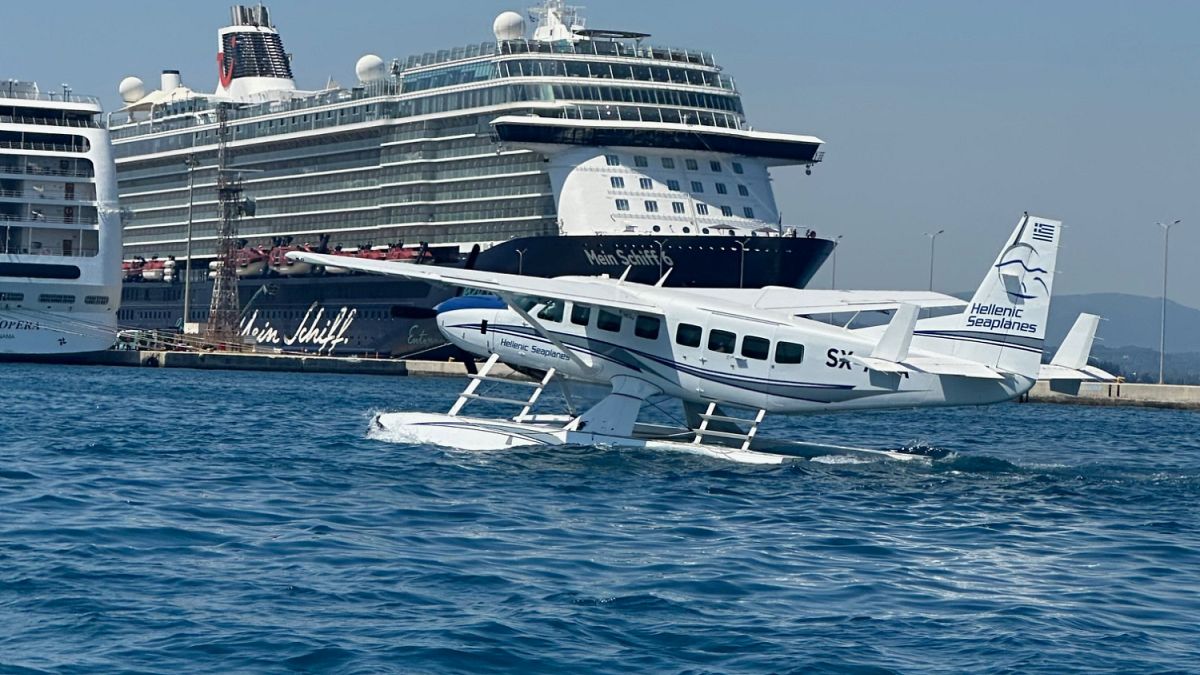One of the pointed questions a bride will be asked by a stylist when shopping for a wedding dress: What type of waistline are you looking for?
“The waistline is the foundation of any wedding dress,” said designer Jenny Yoo. “It’s what creates your shape and defines your silhouette. It can give you curves, elongate your torso or create that classic bridal figure, and can completely transform how you look and feel. The right waistline enhances your best features and creates the perfect proportions for your body. This shape is really the key to finding a dress that’s truly flattering.”
The waistline styles to consider include natural, empire (which hits just below the bust), basque (where the bodice has a tight cinch and ends in a V- or U-shaped dip), drop (the skirt starts below the natural waist), asymmetrical (runs diagonally rather than horizontally) and princess cut (where there’s no defined seam at the waist).
“Waistlines aren’t universally flattering, so it’s important to try on different silhouettes and styles to figure out which waistline will work best for your body,” said bridal stylist Julie Sabatino, owner of the Stylish Bride.
Corinne Pierre-Louis said that natural waistlines flatter most brides. “They work well with a variety of skirt styles, from full ballgowns to slim A-lines,” said the bridal stylist. “This makes them a versatile option that suits a wide range of heights, shapes and sizes.”
Sabatino favors princess-cut gowns, which she said are “flattering on all body types, because there isn’t a break and they have a long and lean line.”
Pierre-Louis recommended empire or natural waistlines for petite brides, since they can create the illusion of height, and drop- or basque-waist designs for brides looking to accentuate their curves. “Both draw attention to the hips and create a more sculpted shape. It’s all about proportion, balance and confidence,” she said.
Basque waistlines are having a moment for the first time in decades.
“The basque is not new,” explained Mark Ingram, designer of Mark Ingram Bride and owner of Mark Ingram Atelier. “It is a historical design feature from centuries ago, and became popular again in bridal design in the 1980s and ’90s. It feels new again because the natural-waisted gowns have been more the norm since the late 1990s.”
The corseted basque waists have caught the attention of today’s bridal designers “because it’s super feminine, sexy and slightly edgy,” said Ingram. “It looks new. And most importantly, the longer exaggerated torso created by the basque and accompanied by the corsetry are extremely figure-flattering to all body types. Whether tall or petite, boyish or curvy, the corset and basque waist create a very dramatic and shapely effect.”
A drop-waist gown can bring attention to your hips to create or enhance curves.
“A dropped waistline sits lower on the body, often resting around the upper hip,” said Sabatino. “But petite brides may want to stay away from a dropped waist gown because it can make your bottom half look shorter.”
An asymmetrical waistline can be created through draping, design elements or the position of the bodice. “Designers will often accent an asymmetrical waistline with ruching to ensure it will flatter the bride wearing it,” said Sabatino.
However, “never be a ‘slave to fashion,’ especially on your wedding day,” warned Ingram. “Wear what you think is the most flattering, not what is ‘of the moment’ or trending heavily on social media. Do you!”
Yoo advised brides to keep an open mind and try on different styles. “I’ve seen many brides discover their perfect dress had a waistline they never considered,” she said.












